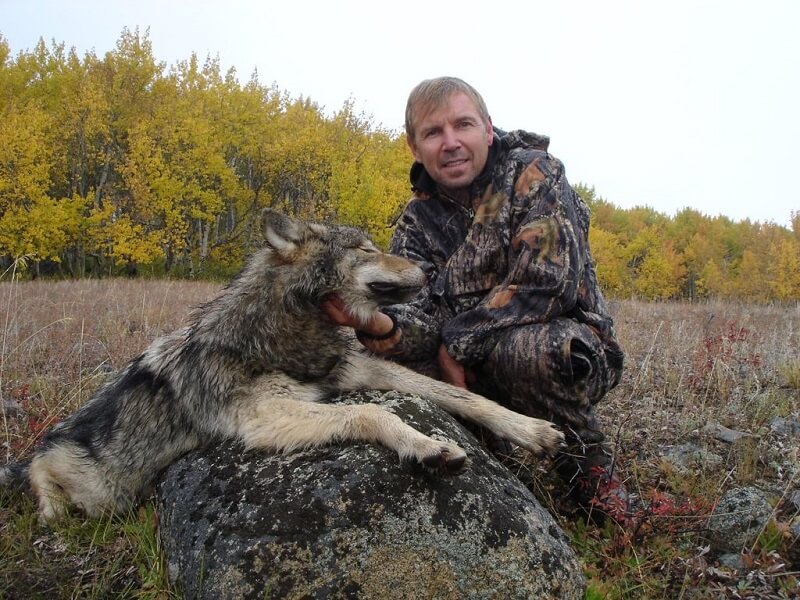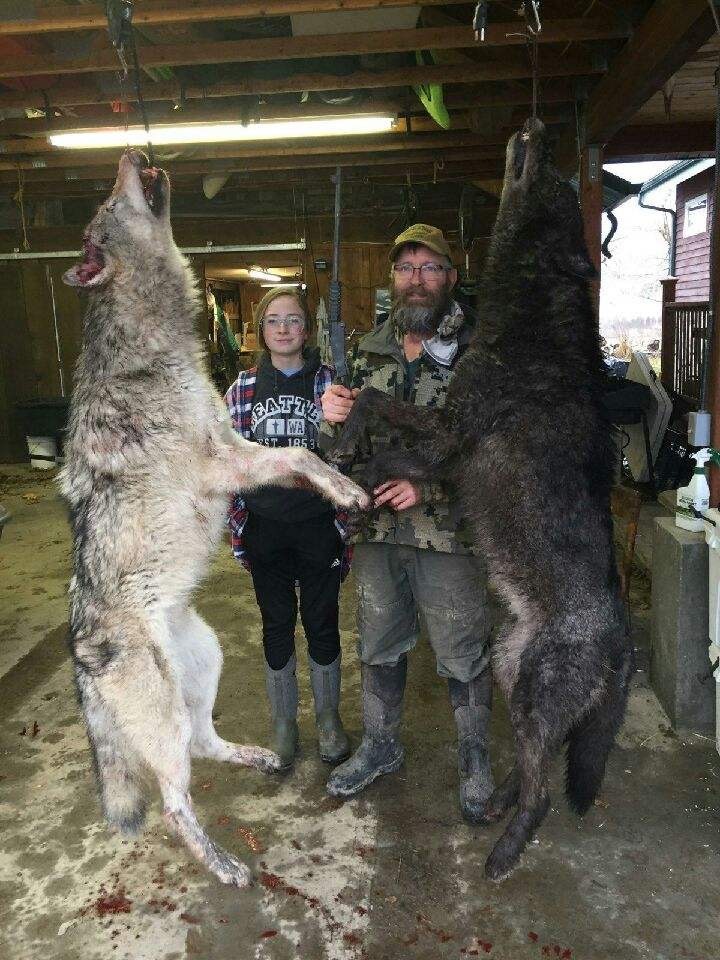

history, from a conservation standpoint,” says Nick Gevock, conservation director at Montana Wildlife Federation. Today, its wolf numbers are up to an estimated 800 to 1,200, thanks to what has been hailed as “one of the most successful reintroductions in U.S. Montana had about 60 wolves in the state in the 1990s.

The loosening of hunting restrictions-particularly for predators such as wolves-has many long-time hunters in Montana concerned that the action crosses a line from ethical, conservation-minded hunting to indiscriminate killing. (In April, Gianforte violated state regulations by trapping a Yellowstone wolf without completing required training.)

Some of the bills already have been signed into law by Governor Greg Gianforte while others await his signature. One law incentivizes trapping by allowing sportsmen’s organizations to pay bounties to hunters who kill wolves-a practice that critics note harkens back to the late 19th and early 20th centuries, when the draw of government bounties drove hunters to exterminate the animals from the state.Īll of the bills have been passed by Montana’s state legislature, with particular support from two factions: agricultural groups concerned about wolf attacks on livestock, and hunters and trappers convinced that wolves drive down elk numbers. New laws would allow the state to permit hunters to kill an unlimited number of wolves, to bait them and hunt them at night, and to set neck snare traps and will expand the wolf trapping season by 30 days and allow hound hunting of black bears. In captivity, they live upward of 15 years.Montana is making it easier to kill wildlife in the state, with a suite of bills and new laws that threatens to undermine 30 years of wolf recovery and establish new hunting standards that even many hunters say is too permissive. In the wild, wolves live 8 to 13 years, sometimes more. The mother wolf moves her pups to new den sites every couple of months until the fall, when the pack stops living at den sites. After the adults regurgitate the food, the pups have a hearty meal. Adult pack members swallow meat and bring it back to the den for their pups. At birth, they cannot see or hear and weigh about one pound. Wolves are pregnant for about 63 days and usually birth four to six pups. The breeding season is earlier for wolves living farther south. In the northern United States, they breed from late January through March. In some areas, young adults travel hundreds of miles to find a new territory. The new territory can be close by if there is a lot of prey. When the young adults reach the age of three, they can either join the pack or leave to find their own territory. The alpha female and male are the only ones that breed. The alpha male is dominant over the entire pack, both males and females. Within the pack hierarchy, there are male and female hierarchies.

Occasionally a pack can increase to 30 members, until some individuals break off to find new territory and form their own pack. Most packs have four to nine members, but the size can range from as few as two wolves to as many as 15.


 0 kommentar(er)
0 kommentar(er)
